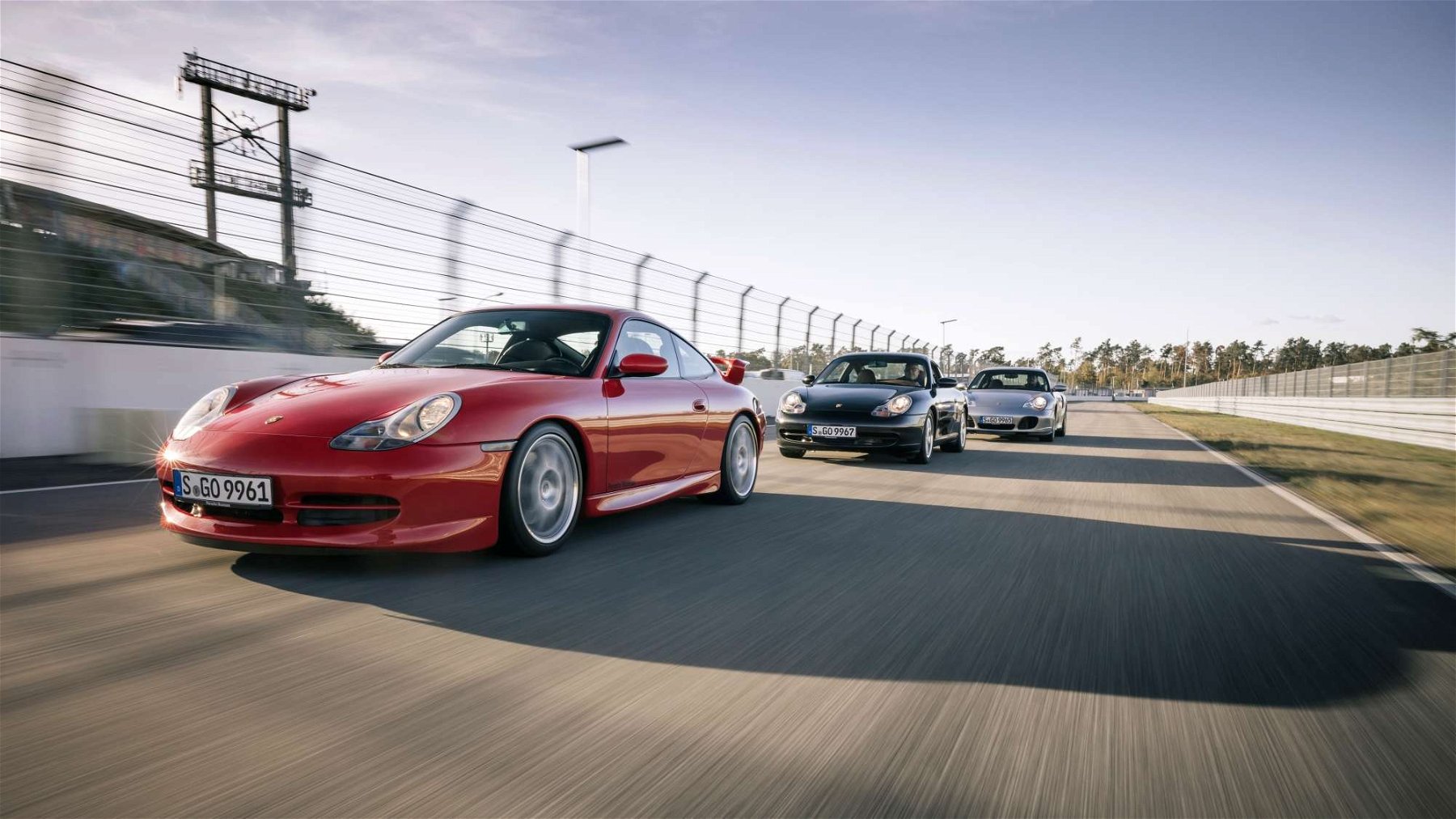
At the beginning of the year, we asked if 2022 could be the year of the Porsche 996. Porsche itself seems to think so and is celebrating 25 years of the Porsche 996 – a quarter of a century of water-cooling in the 911. To this day, those responsible have rarely spoken so openly about the significance of the fifth-generation 911 for the Zuffenhausen-based company.
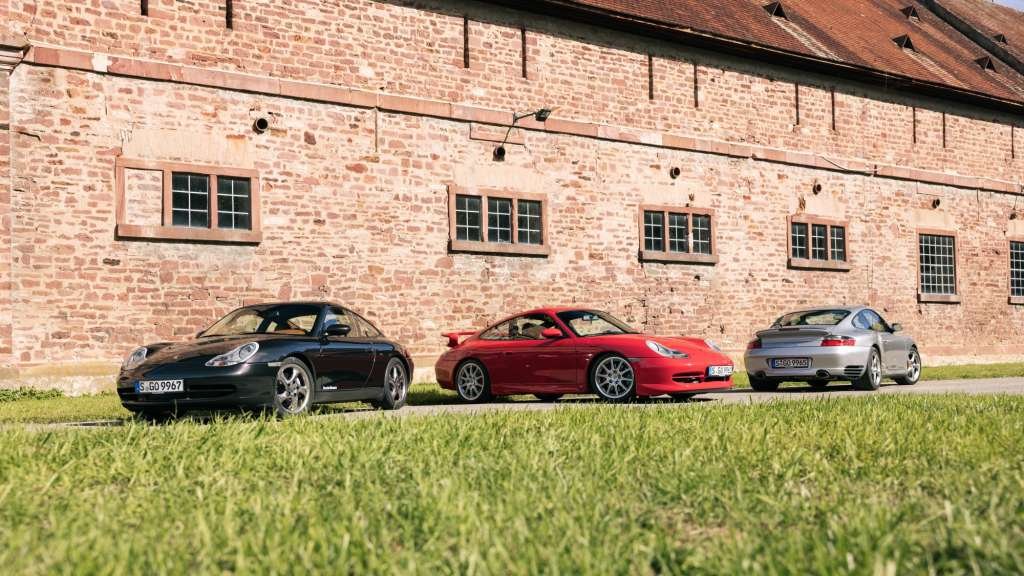
With unprecedented clarity, Porsche describes the first water-cooled 911 as the pioneer of the 911’s future. On the anniversairy “25 years of the Porsche 996” it was ennobled, along with its mid-engine 986 counterpart, as the savior of the brand’s independence. August Achtleitner, then head of the department “Technical Product Planning, Vehicle Concepts and Package including Special Projects,” says today that it was time to “cut the old ties.”
„Porsche needed a car in the lower price segment, i.e. with high production numbers. That’s how the idea of the parts-sharing between the Boxster and the 996 concept came about.“
August Achleitner, Head of the department “Technical Product Planning, Vehicle Concepts and Package including Special Projects” at Porsche (1989-2000) in an interview about 25 years of Porsche 996
As early as the end of the 1980s, it was clear at Porsche that the air-cooled boxer engine would soon reach its performance limits. An air-cooled four-valve engine, for example, was ruled out for conceptual reasons due to “heat pockets that could not be controlled”. For this reason, a compact V8 engine was even used on an experimental basis in 1989. Time showed that a water-cooled flat-six engine with four-valve technology was the best compromise.
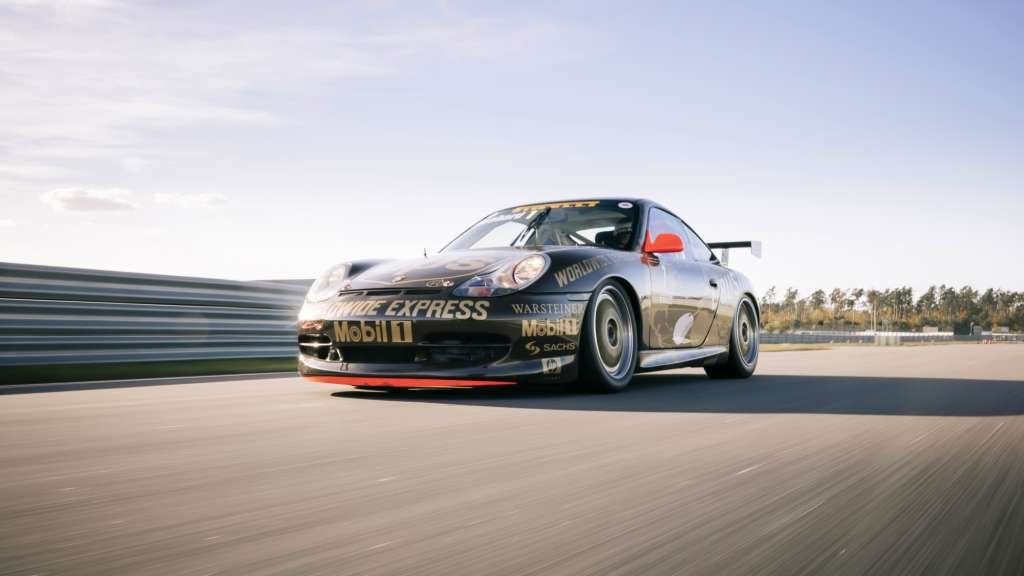
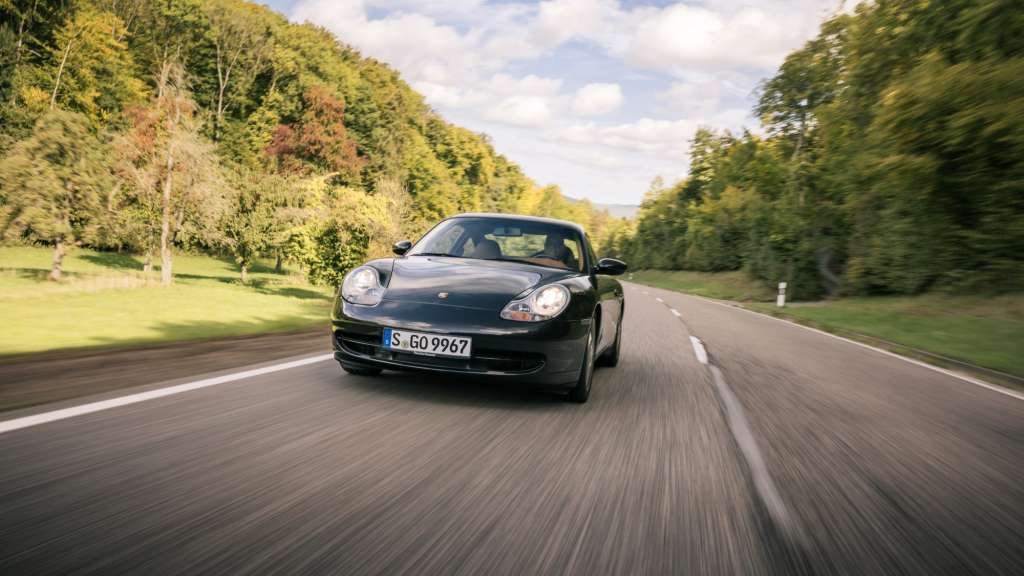
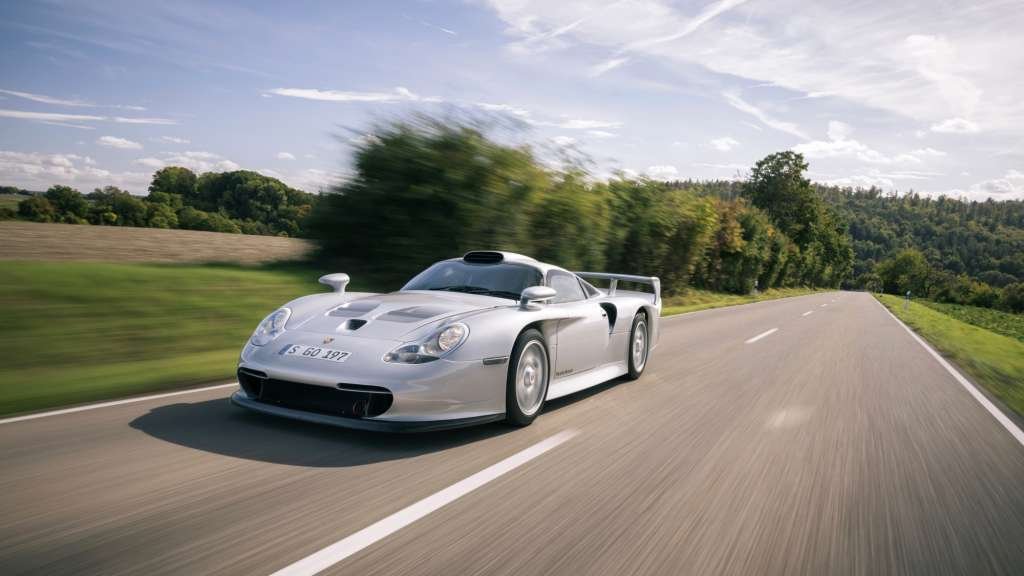
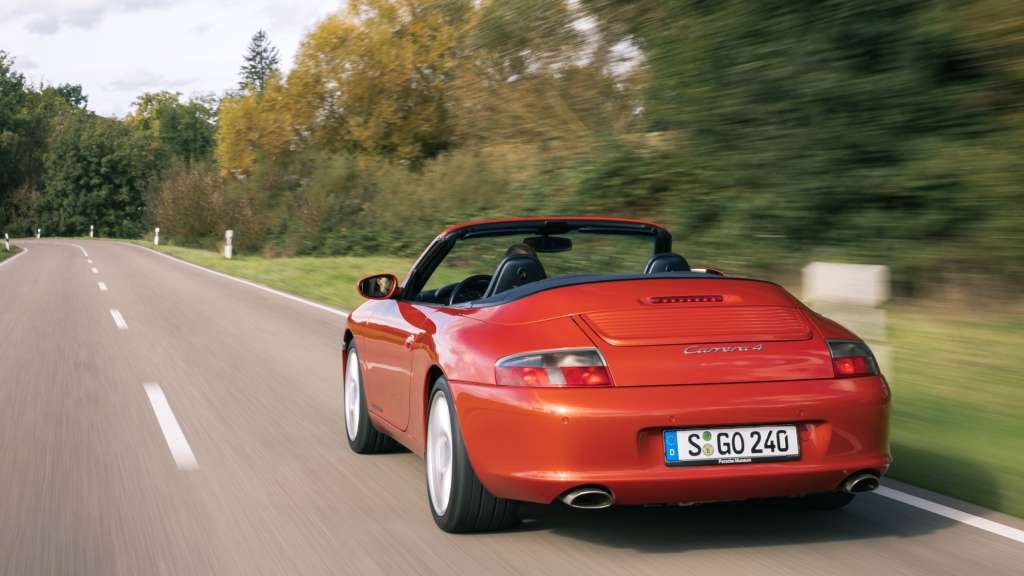
Then chief-designer Harm Lagaay recalls that Porsche did not impose any restrictions on design at the time. The task was unique. Lagaay and his team were to design a mid-engine roadster whose front end was to be identical to a rear-engined coupe all the way back to the B-pillar.
“The pressure and the imperative of saving the company was the top priority.”
Harm Lagaay
“The task was a real challenge. But we mastered it by first designing many different Boxster 996 pairs,” says the native Dutchman. To meet the time constraints, the modelers at the time had to work on 1:1 models from the outset. Hence, Lagaay’s department has grown to a total of 80 employees.
The design language was ultimately based on the Boxster study, which won the title of “Best of Show” at the Detroit Motor Show in 1993 and was cited by the Porsche Boxster 25 Years. Lagaay was already clear at the time: “The show car’s face also suits the 996”. At the time, work on the show car, the 986 and the 996 was done simultaneously. Otherwise, too much time would have passed before the presentation. “The pressure and the imperative of saving the company was the top priority”, says Lagaay, describing the busy period.
According to Porsche, there was never any internal criticism of the 996’s headlight design. While the design was still praised by the press with the distinctive S-curve on the Boxster in 1996, that changed in 1997 with the 996. Its intelligent design with five features within one component fell out of favor among journalists. To the surprise of the designers and developers, as Lagaay points out: “The design was totally unique: five functions in a single module that was not expensive and could be installed in minutes on the assembly line.”
The designers acted with similar foresight when preparing for different drive concepts. Since all-wheel drive was also planned for the Porsche 996 from the outset, the center tunnel was dimensioned accordingly. To be able to pull off the equal-parts strategy, the Boxster thus drove with a front end prepared for all-wheel drive, although it always had rear-wheel drive.
The most popular vehicle in the media is not always the best seller, as was demonstrated by the sportiest 996. As the successor to the Carrera RS, the Porsche 996 GT3 was conceived rather by chance. It primarily served homologation purposes due to a change in the FIA’s motorsport regulations. While production numbers and therefore commercial success were not great, Achleitner sees the first GT3 as an important, identity-forming development. According to him, the Porsche 996 GT3 marked “the beginning of the establishment of a separate brand.” With the 996, the difference between an 911 suitable for everyday use and motorsport for the road was thus clearer than with its predecessors.

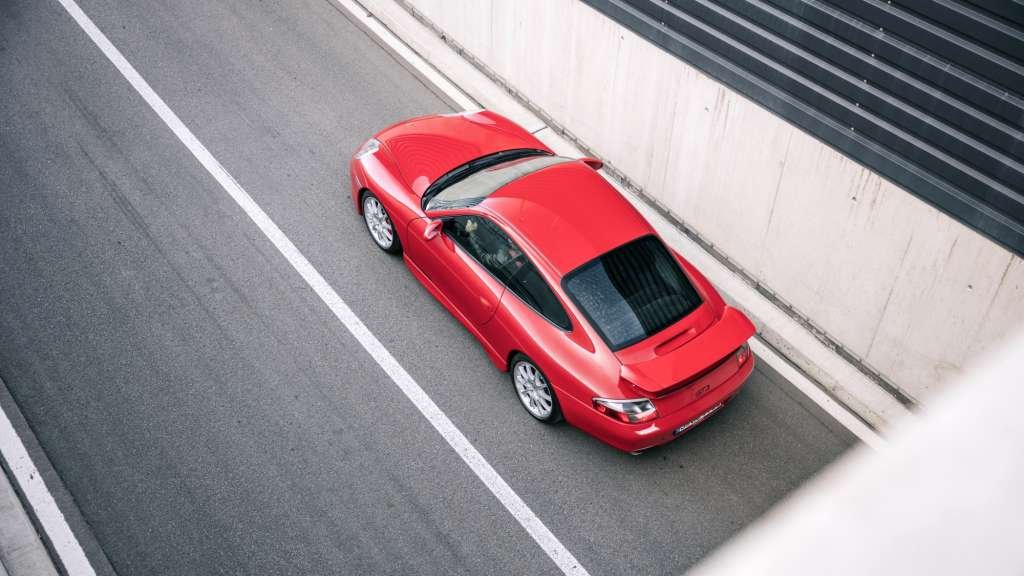
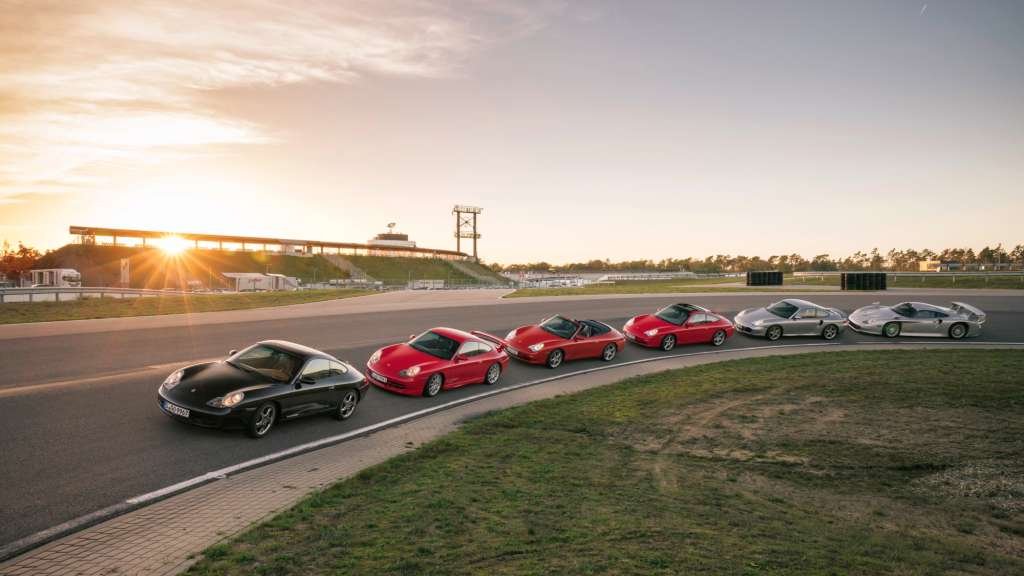
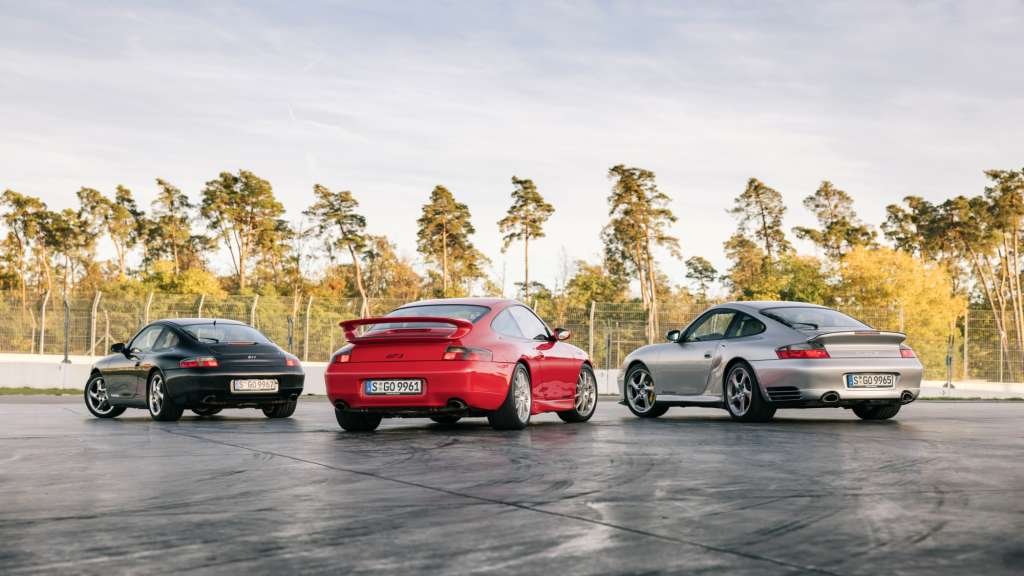
After 25 years, the Porsche 996 has now also found its place in Porsche’s heritage department. The critics who once denied that it was a true 911 have fallen silent. Porsche’s handling of the fourth-generation Porsche 911, which was so commercially successful at the time, clearly shows its importance in the overall context of the brand.
A question, often asked is “Which Porsche will increase in value?”. The answer is now very often “Porsche 996”. Due to its qualities, its importance and its perhaps even too favorable prices over many years, we consider this thesis to be quite plausible. This is evidence that it is no longer shunned for its independence, but rather appreciated for what it is, namely a damn fine sports car.
© Porsche AG
Elferspot magazine